Your First Healing Herb Garden: 5 Plants You Can Actually Grow
For years, my hands have been deep in the soil, tending to the very plants that form the backbone of a home apothecary. I definitely didn’t start out as an expert. Honestly, my first herb patch was a total mess—some plants shriveled up and died immediately, while others, like the mint, launched a full-scale invasion of my entire yard.
In this article
It took a lot of trial and error, reading, and listening to the old-timers to figure out how to grow a garden that’s not just pretty, but genuinely useful. This isn’t about some secret magic, but about building a real connection with a few reliable, safe, and versatile plants that can support your well-being in simple, practical ways.
The goal here is to create a small, totally manageable garden with just the foundational herbs. These are the workhorses, the ones I always recommend to people just starting out because they’re safe, easy to grow, and have a ton of uses. But first, a really important heads-up: these herbs are partners in your health, not a replacement for a doctor. If you’re dealing with anything serious or chronic, your first call should always be to a qualified medical professional. This guide is for handling the little bumps in life—a mild headache, a nervous stomach, or a moment of stress.
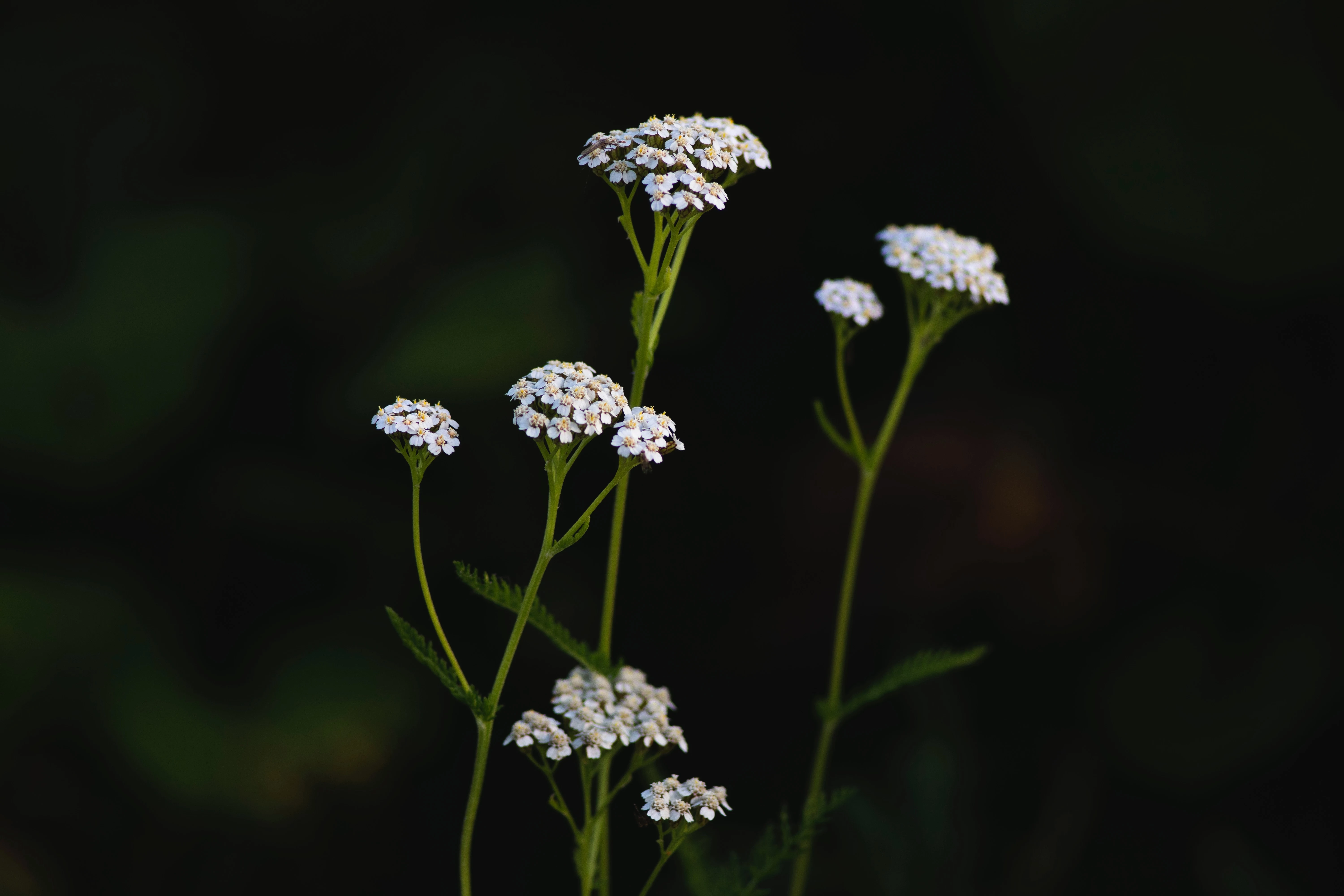
The Basics: Making Your Herbs Work for You
Before you can use a plant, you need to get what you’re doing. When you make a cup of herbal tea, you’re basically performing a simple kitchen chemistry experiment. The hot water pulls out all the good water-soluble stuff from the plant, like flavonoids and tannins.
There are two main ways you’ll do this:
- Infusion (aka Tea): This is the one you already know. It’s perfect for the delicate parts of a plant, like leaves, flowers, and fragrant seeds. You just pour hot (not quite boiling) water over the herbs and let them steep for about 10-20 minutes. And here’s a pro tip: always cover your cup while it steeps! It’s not just to keep it hot. Covering it traps the volatile oils—the aromatic compounds that carry so many of the benefits. If you can smell your peppermint tea from across the room, you’re letting the best parts escape into the air.
- Decoction: This method is for the tough, woody bits like roots, bark, and hard berries. They need a little more convincing to release their goodness. To make a decoction, you’ll combine the herbs with cold water in a pot, bring it to a simmer, and let it gently bubble, covered, for at least 20 minutes, sometimes even up to an hour. The long, slow heat is what breaks down the tough plant material. You’d use this for something like echinacea root.
Oh, and a good rule of thumb: when a recipe calls for dried herbs, you’ll need to use about three times that amount if you’re using fresh herbs. So, if it says 1 teaspoon of dried leaves, you’ll want to use about 1 tablespoon of fresh, chopped leaves. Easy!
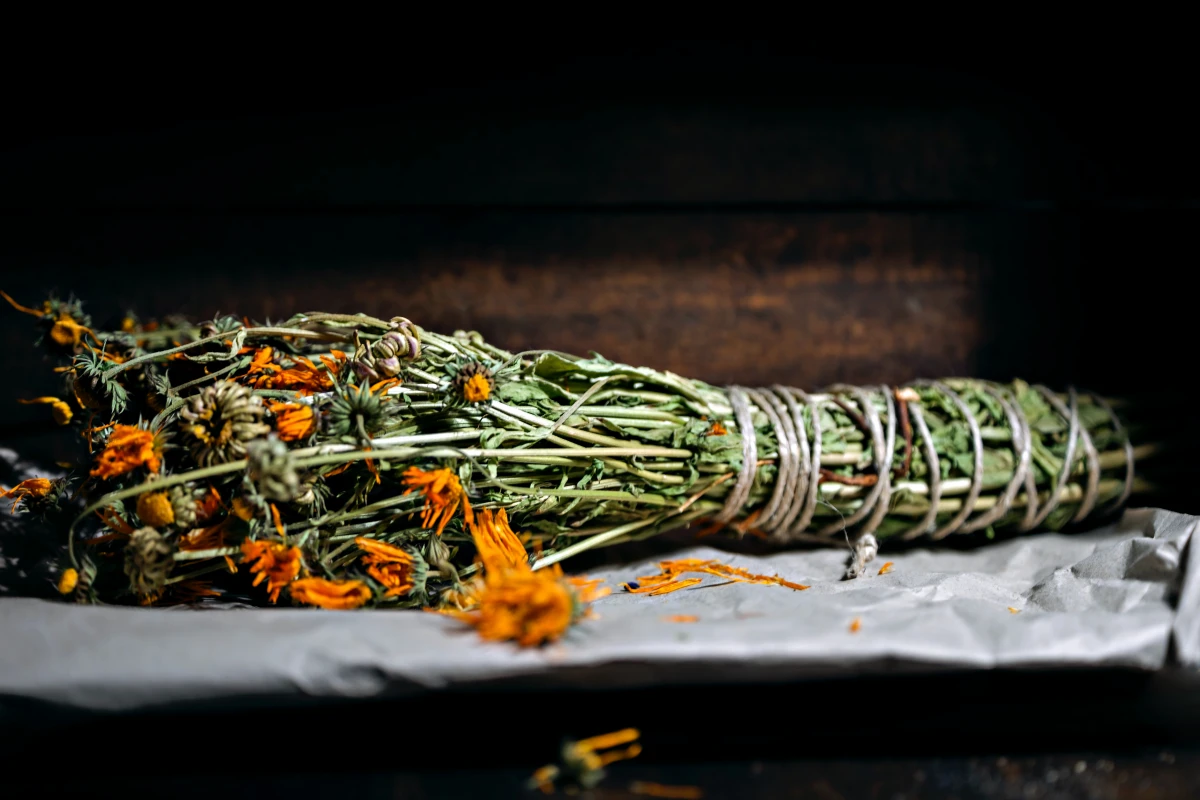
A Starter Kit of Must-Have Herbs
This list isn’t the end-all-be-all, but it’s incredibly reliable. I’ve grown these five plants in different climates, and they’re consistent performers. Let’s dig into how to grow them, harvest them, and use them.
1. Peppermint (Mentha x piperita)
Peppermint is the herb everyone knows, and for good reason. It’s strong, fast-acting, and a total powerhouse. Because it’s a hybrid, you can’t really grow it from seed, so you’ll need to grab a starter plant from a nursery (usually around $5-$8) or get a cutting from a friend.
Growing It Right:
Peppermint is an aggressive grower. I once made the mistake of planting it directly in a garden bed. Two years later, it had taken over everything, and I spent a whole weekend trying to dig out its runners. Never again! Now, I only plant it in containers. And when I say container, I mean a big one—at least a 5-gallon pot, which you can find at a hardware store for about $15. Anything smaller, and it will become a tangled, root-bound mess in a single season. It loves rich, moist soil and prefers morning sun with a little shade in the afternoon, especially if you live somewhere hot.
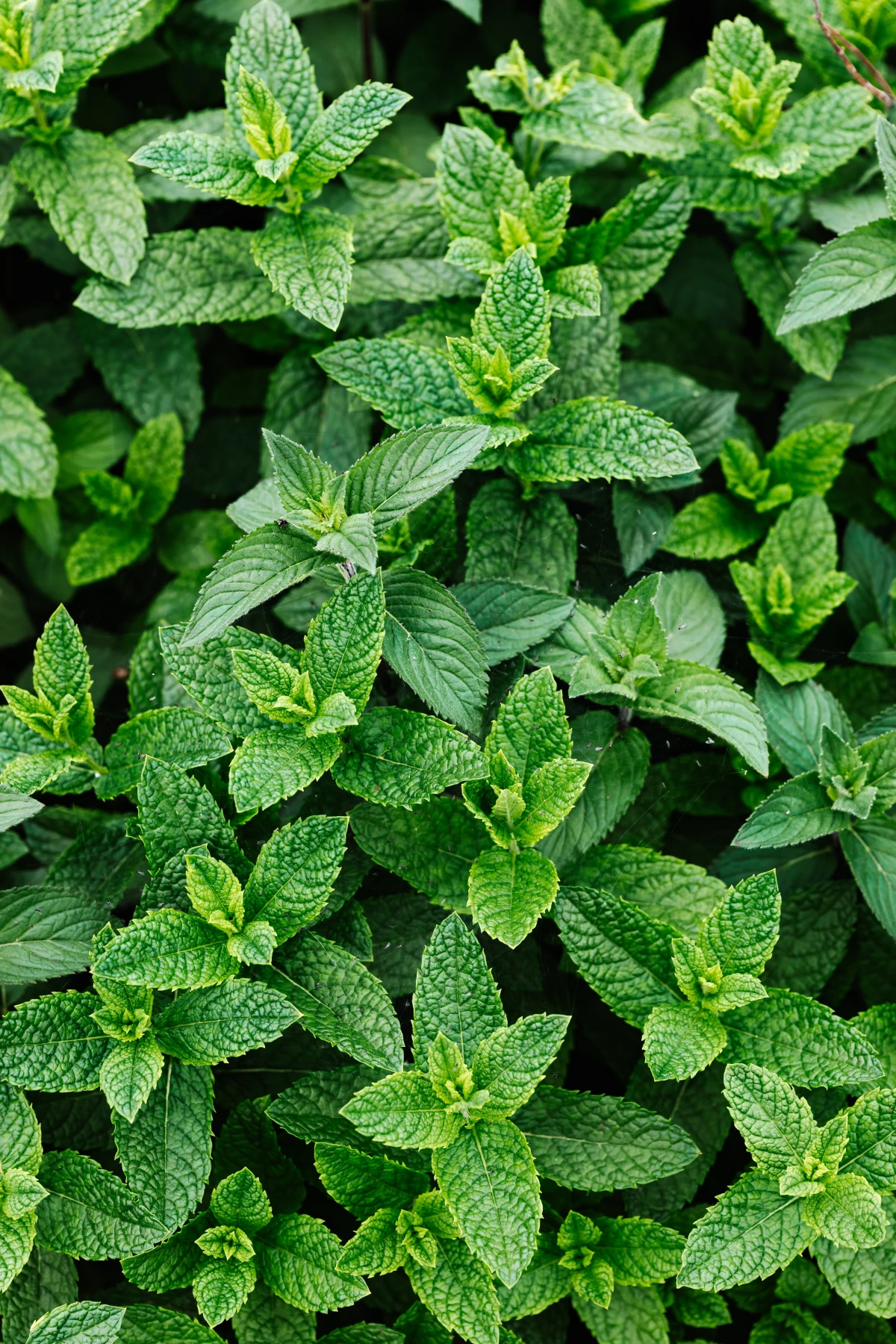
Harvesting for Potency:
The secret to potent peppermint is all in the timing. The oils are strongest right before the plant starts to flower. On a dry morning, after the dew has evaporated, snip off the top third of the stems. This actually encourages the plant to get bushier, so you can get a second harvest later in the season. You’ll know it’s good quality when you crush a leaf and get a sharp, cooling blast of minty air.
Everyday Uses:
It’s fantastic for digestion. A simple infusion of the leaves can help with gas, nausea, and cramping. It’s also a go-to for tension headaches. Sipping the tea while gently rubbing a single, diluted drop of its essential oil on your temples can be incredibly soothing.
Heads up! Peppermint is super safe for most, but if you have acid reflux or GERD, it can make things worse. Because it relaxes muscles, it can relax the very one that keeps stomach acid where it belongs. I’d also avoid giving strong preparations to babies or toddlers.
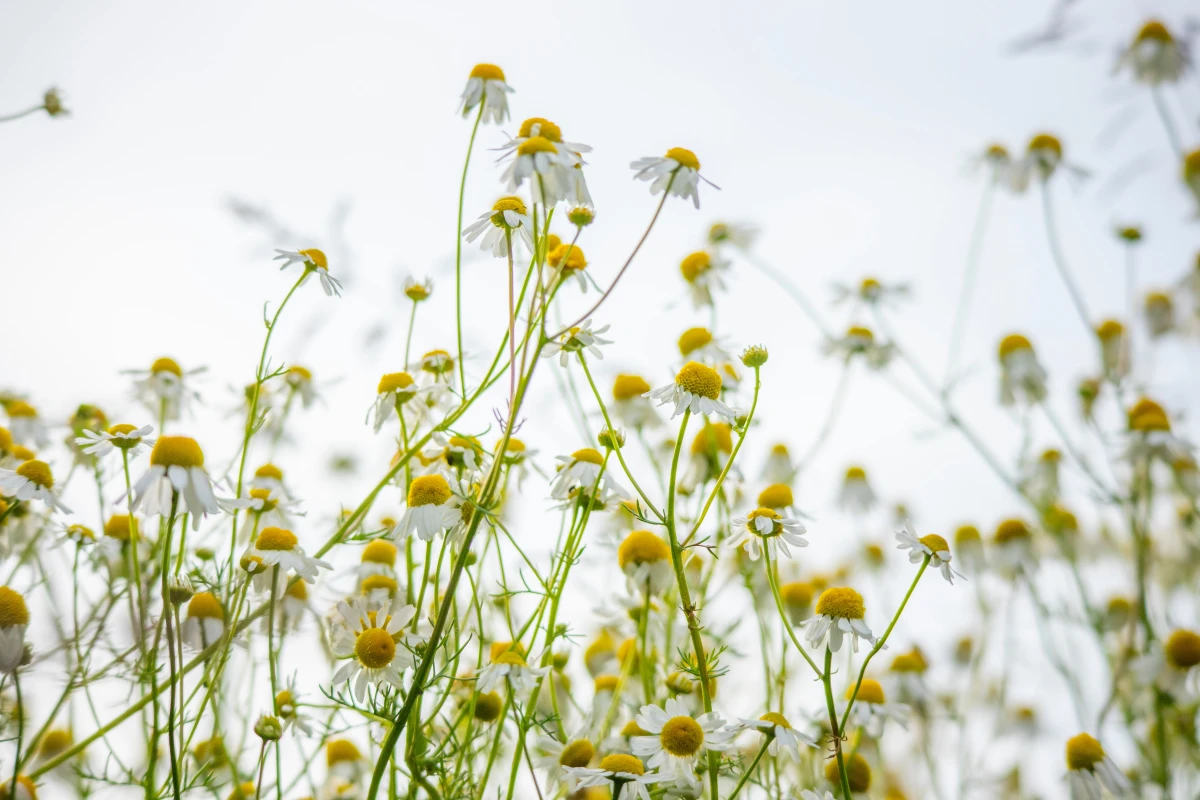
2. German Chamomile (Matricaria recutita)
Whenever someone asks for a calming herb, I point them to chamomile. It’s gentle, effective, and those little daisy-like flowers are just so cheerful. Make sure you get German chamomile; Roman chamomile is a different plant with different uses.
Growing It Right:
Chamomile is a piece of cake to grow. It loves full sun and doesn’t need fancy soil. In fact, it prefers soil that’s a bit on the poor side. A packet of seeds will only set you back about $3-$5. Just scatter the tiny seeds on the surface of the soil in early spring and press them down gently—they need light to germinate. You should see sprouts in 7-14 days. Don’t over-fertilize, or you’ll get a ton of leaves and not many flowers. It often self-seeds, so you might get some happy volunteers next spring!
Harvesting for Potency:
This is a patient person’s job. On a sunny day, I just pinch the fully-opened flower heads off the stems. It’s a bit tedious, but I find it really meditative. I spread the flowers on a screen to dry in an airy room, out of the sun. (By the way, you don’t need a fancy herb rack; an old, clean window screen propped up on some books works perfectly. In a pinch, a cookie sheet with a paper towel will do, just flip them daily.)
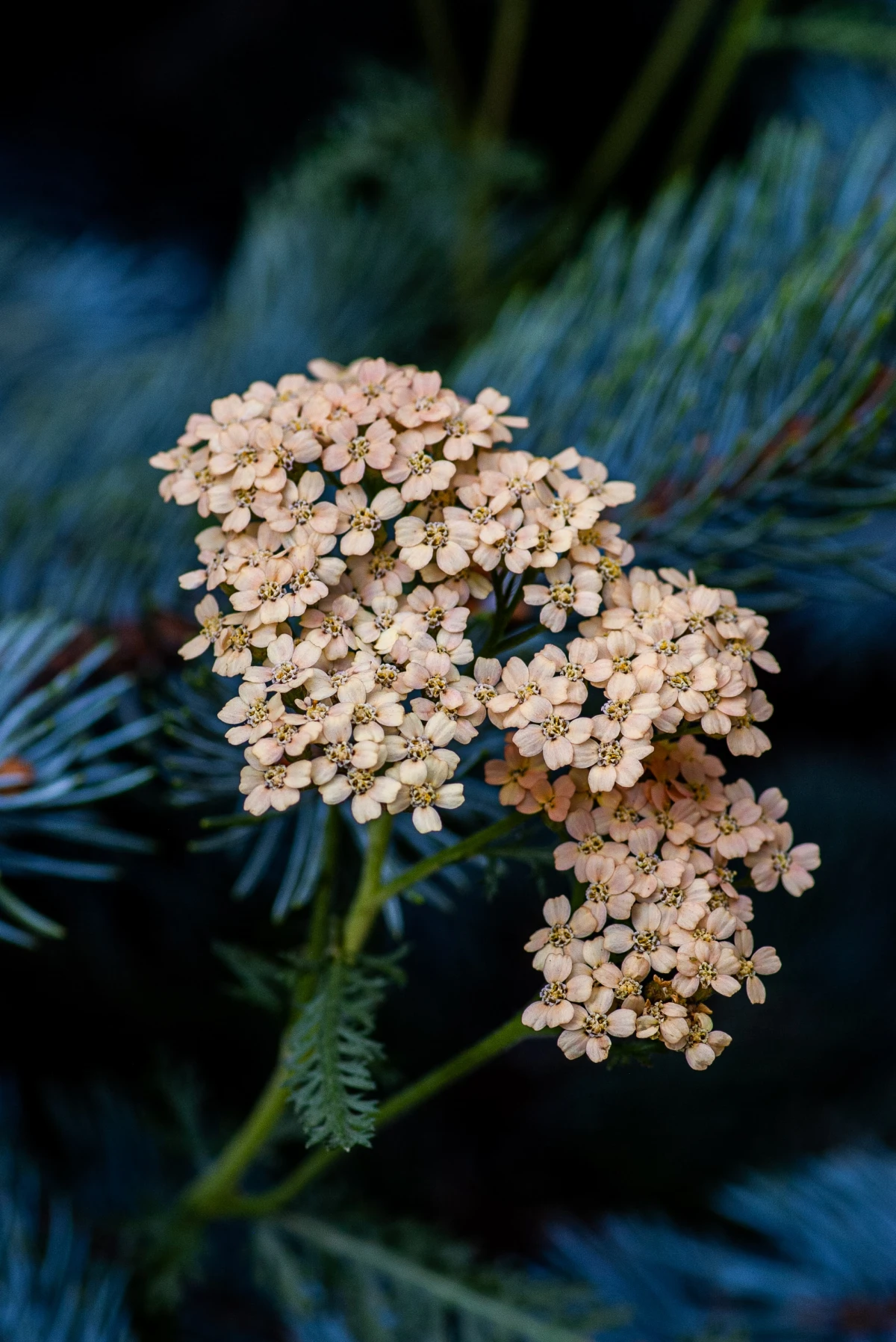
Everyday Uses:
Chamomile is the classic sleep-promoter. A warm cup of tea an hour before bed can really help you unwind. It’s also wonderful for an upset stomach, especially the kind that comes from stress. You can even use a strong, cooled tea as a skin rinse to soothe minor irritations and redness.
Heads up! Chamomile is in the same family as ragweed. If you have a pretty bad ragweed allergy, there’s a small chance you could react. It’s rare, but it’s good to know. Start with a weak tea just to be safe.
3. Yarrow (Achillea millefolium)
Yarrow is one of those incredibly strong, historic plants that just feels powerful. It’s rugged, resilient, and a must-have for any serious herb garden.
Growing It Right:
Honestly, it’s almost impossible to kill yarrow. It loves full sun and is perfectly happy in poor, dry soil. In fact, it gets weak and floppy in soil that’s too rich or wet. It’s a fantastic, low-cost perennial that will spread to fill a patch, and it attracts beneficial insects that help protect your other garden plants.
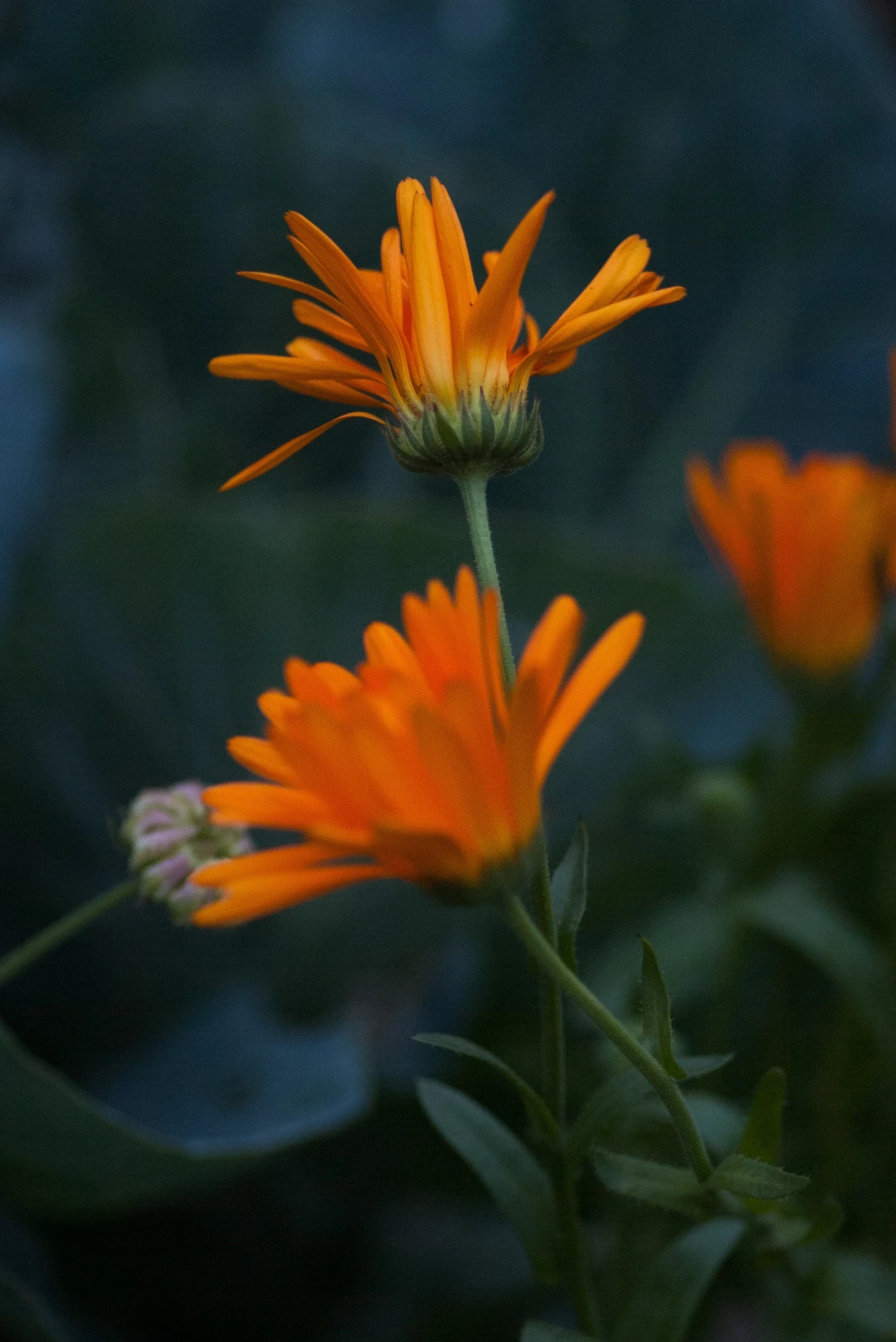
Harvesting for Potency:
I harvest the flowering tops—about the top 6 inches of the stalk, flowers and leaves included—when they’re in full bloom. I bundle them up and hang them to dry in a dark, airy place like a garage or closet. Once they’re crispy-dry, I strip the leaves and flowers off the stalks and store them.
Everyday Uses:
Yarrow is famous for its ability to help stop minor bleeding. A fresh, crushed leaf applied to a small cut or scrape can help slow the blood flow. A hot yarrow tea is also a classic remedy for the first sign of a cold or flu, as it can help you break a sweat and manage a fever.
Heads up! This is a potent herb. It should be avoided during pregnancy. Also, like chamomile, it’s in the Asteraceae family, so be mindful if you have those allergies.
4. Calendula (Calendula officinalis)
Sometimes called “pot marigold,” calendula is probably the best skin-healing herb you can grow. Those bright orange and yellow flowers are more than just pretty faces; they are packed with sticky, healing resins.
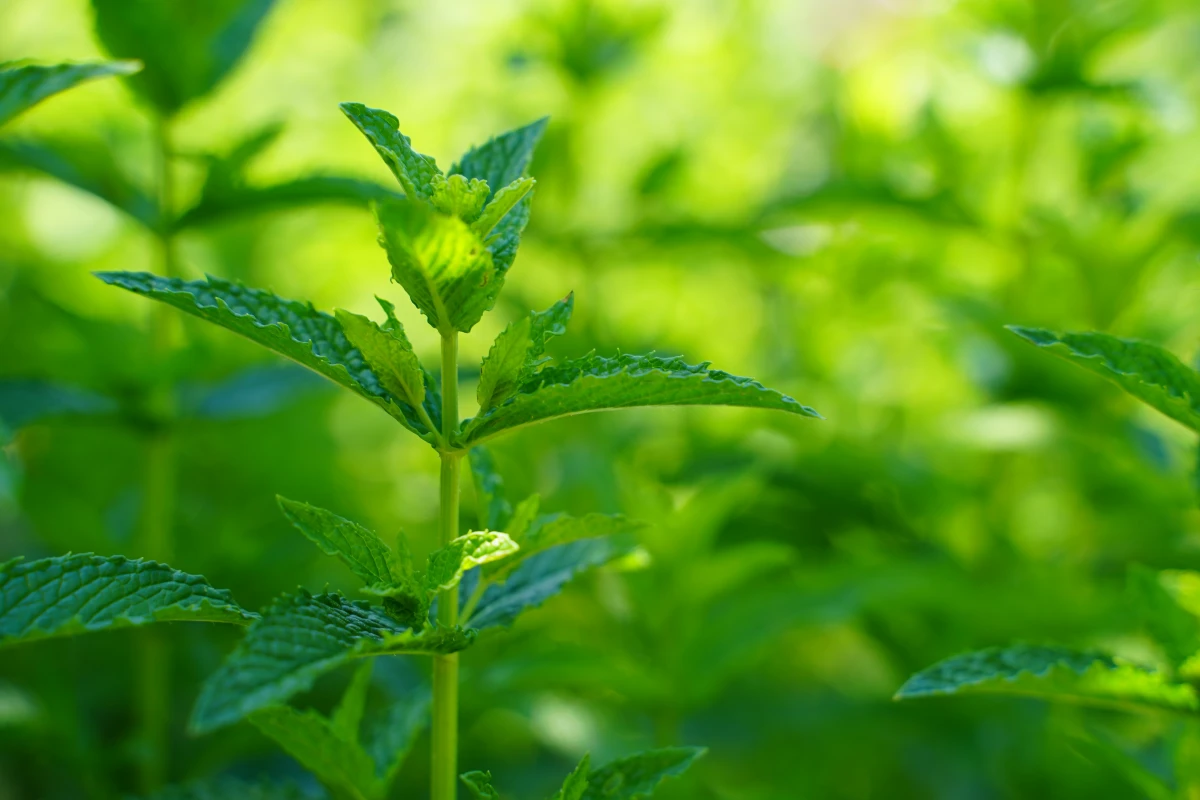
Growing It Right:
Calendula is a super easy-to-grow annual. Plant seeds in the spring in a sunny spot, and you should see flowers in about 6 to 8 weeks. The real secret to keeping it blooming all season long is to harvest the flowers every few days. This is called deadheading, and it tricks the plant into producing more flowers instead of going to seed.
Harvesting for Potency:
The stickier the flower head, the more potent it is. You can literally feel the resin on the green base of the flower. I harvest the whole flower heads and dry them just like chamomile. When they’re dry, they should still look bright and vibrant. If they’re brown and faded, they’ve lost their mojo.
Putting It to Work: The Best Skin Salve You’ll Ever Make:
Calendula really shines when you infuse it in oil to make a salve. It sounds fancy, but it’s simple:
1. Fill a clean, dry glass jar halfway with your dried calendula flowers.
2. Pour a quality carrier oil, like olive or sunflower oil (a bottle usually costs $10-$15), over them until they’re fully submerged with an extra inch of oil on top.
3. Seal the jar and let it sit in a warm spot for 4-6 weeks. Give it a gentle shake every day.
4. Strain the oil through cheesecloth, squeezing out every last drop.
5. To make the salve, gently warm 1 cup of your infused oil with 1 ounce of beeswax pellets (about $8-$12 for a bag that will last you ages). If you don’t have a double boiler, just put a heat-safe glass bowl over a pot with a few inches of simmering water. Easy! Stir until the wax melts.
6. Pour into small tins or jars and let it cool. This stuff is my absolute go-to for dry skin, minor burns, scrapes, and diaper rash.
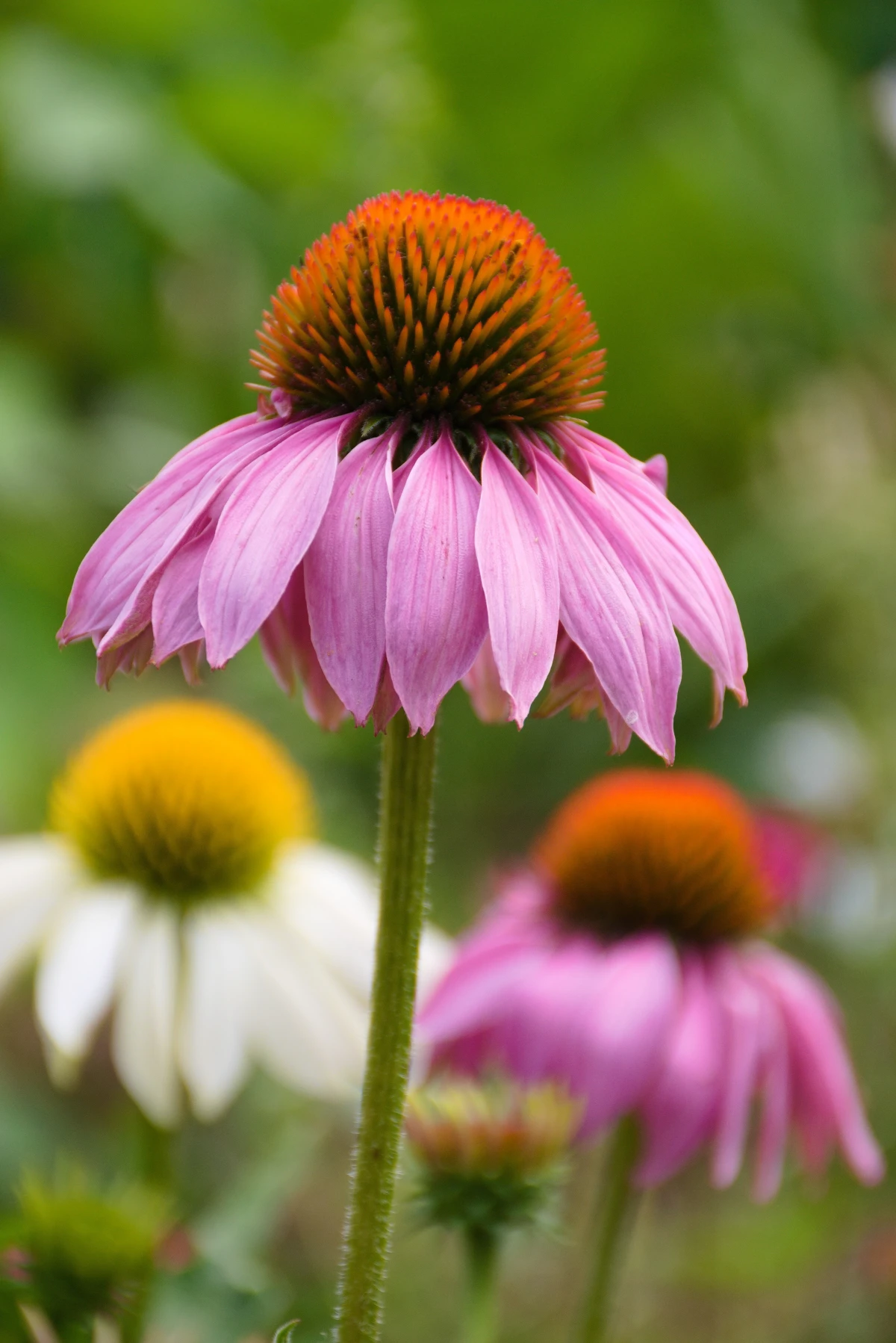
Heads up! It’s extremely safe to use on your skin. Just like the others in its family, there’s a tiny risk of allergy.
5. Lemon Balm (Melissa officinalis)
If one herb could be pure joy, it’s lemon balm. Just brushing against the leaves releases this incredible, bright, citrusy scent. It’s in the mint family, so guess what? It’s another aggressive spreader that belongs in a container.
Growing It Right:
Lemon balm is a survivor. It likes moist soil and can handle a little shade. To keep it from getting leggy and sad-looking, I give it a hard haircut a couple of times a season. This encourages a fresh burst of those super-aromatic leaves.
Harvesting for Potency:
This is critical. You have to harvest lemon balm right as the tiny flower buds appear, but before they open. This is when the flavor is at its peak. I learned this the hard way once—I waited until it had fully flowered, and the resulting tea tasted grassy and awful. A total waste! Dry the leaves quickly, away from light, to keep their bright green color and amazing smell.
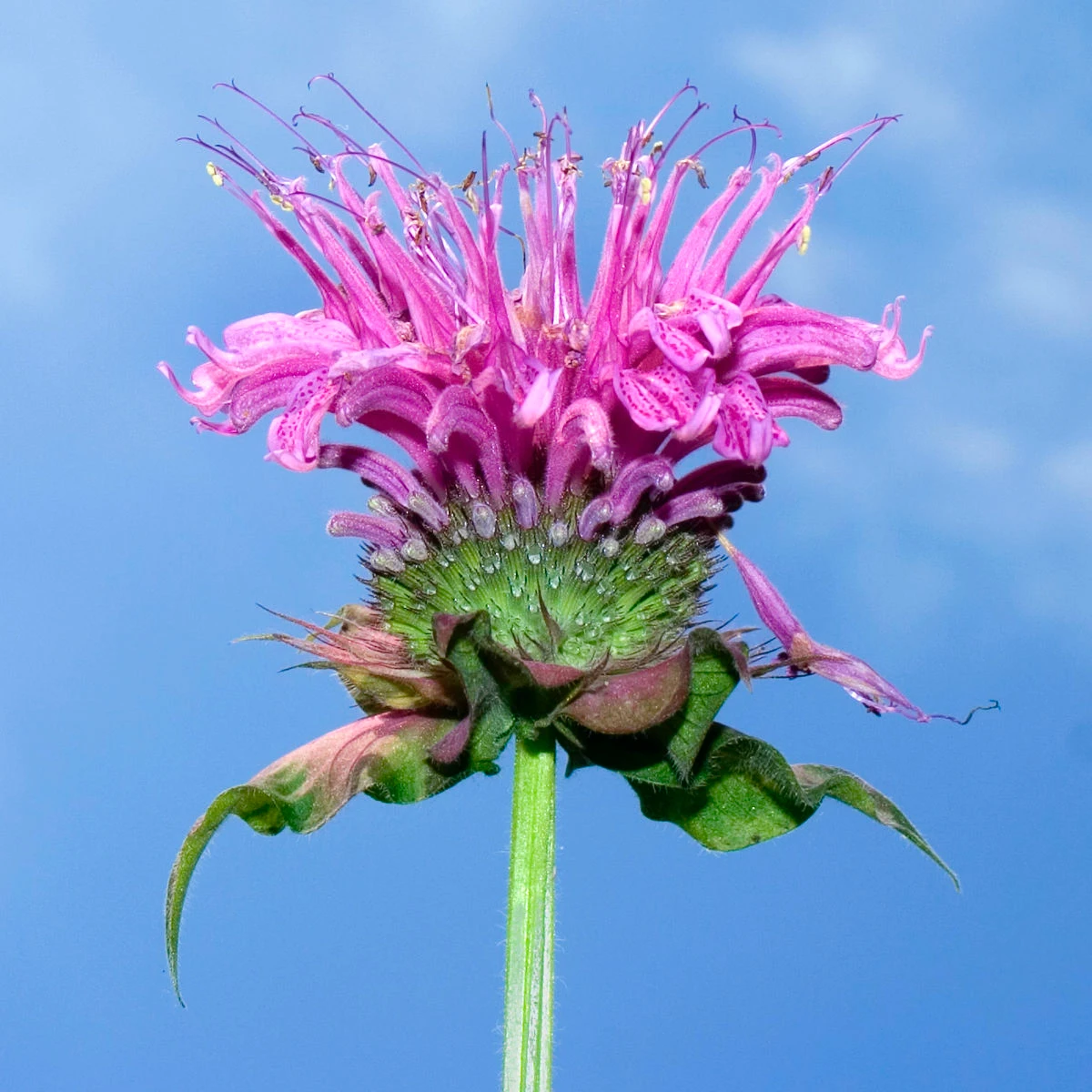
Everyday Uses:
Lemon balm is a premier herb for soothing the nervous system. It’s wonderfully uplifting and can help with anxiety and nervous tension. The tea is delicious and calming. It’s also known for its antiviral properties and can be infused into an oil (like the calendula) and applied to a cold sore at the first tingle to lessen its severity.
Heads up! It’s very safe, but some sources suggest that people with hypothyroidism should use it cautiously. It’s always smart to check with your doctor if you’re on medication.
Storing Your Harvest for Year-Round Use
Once all your herbs are perfectly dry and crispy, you need to store them properly. The enemies of dried herbs are light, heat, and air. Your best bet is to store them in airtight glass jars—mason jars are perfect for this. Keep them in a cool, dark place like a kitchen cupboard or pantry. Stored this way, they’ll stay potent and effective for about a year.
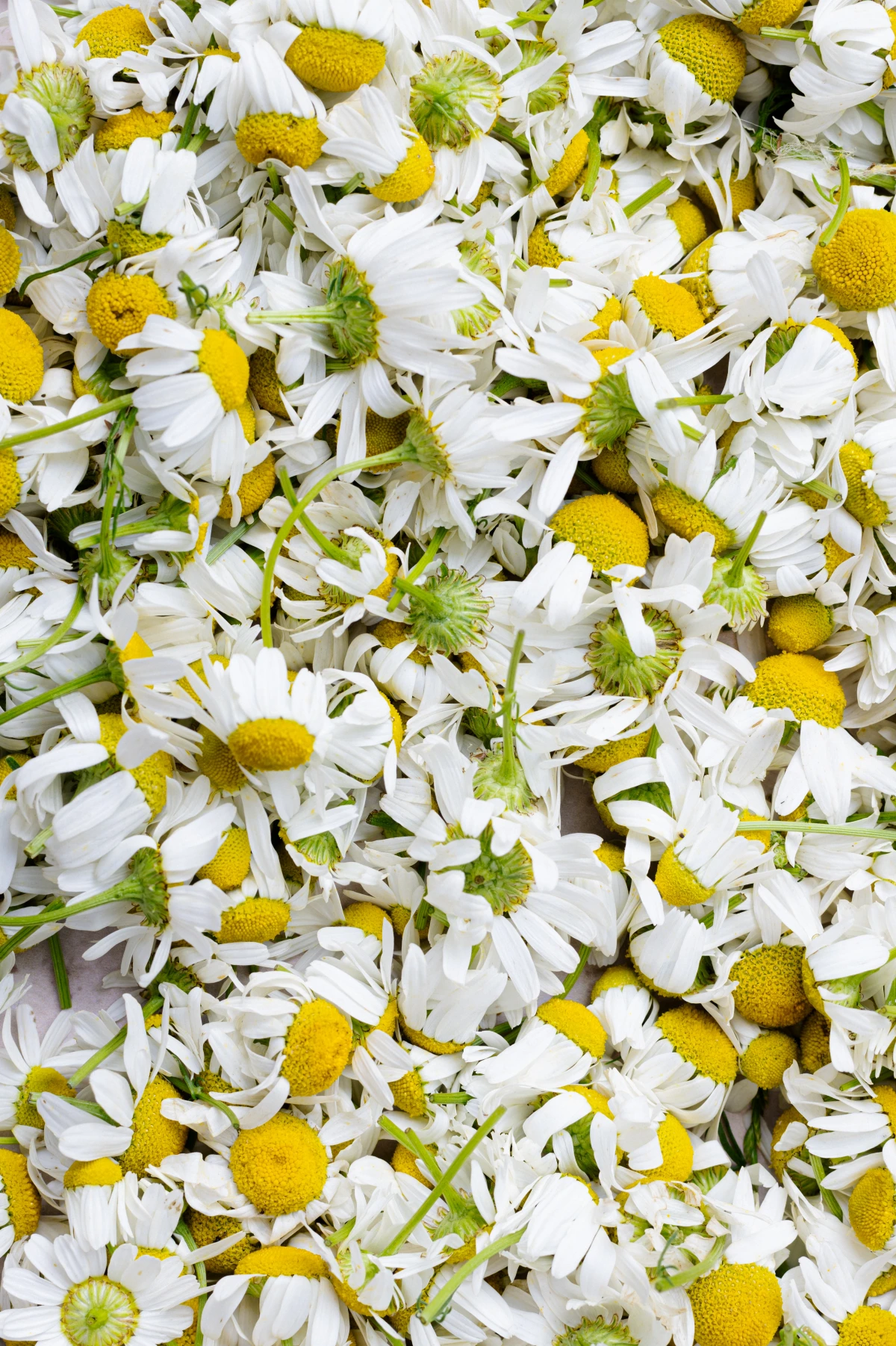
Final Thoughts
Your herb garden is a journey, not a destination. Start small. Really get to know these five plants. Sit with them, watch them grow, smell them, touch them. Keep a little journal of what you do and what you learn. That hands-on knowledge is more valuable than anything you can read in a book. It’s a practice that connects you to the world around you and gives you a gentle, powerful way to care for yourself and your loved ones.










